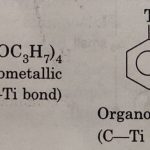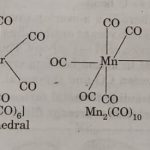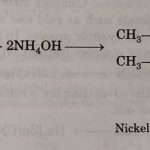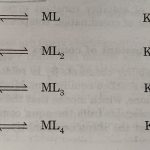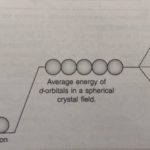Organometallic Compounds Organometallic compounds are those compounds which contain one or more metal-carbon bonds. All the compounds containing carbon and a metal atom are not organometallic. We use this term for compounds which contain at least one M-C bond. For example An alkoxide such as (C3H7O4)Ti is not considered to be an organometallic compound because the … [Read more...] about Organometallic Compounds
Coordination Compounds
Metal Carbonyls
Metal Carbonyls There is another important class of coordination compound known as metal carbonyls in which carbon monoxide (CO) acts as ligand. These are also called homoleptic carbonyls (compounds containing carbonyl ligands only). These compounds contain both σ and π character. These are formed by many transition metals. Structure of Metal Carbonyls Homoleptic binary … [Read more...] about Metal Carbonyls
Method of Preparation and Importance of Coordination Compounds
Methods of preparation of Coordination Compounds Coordination compounds are generally prepared by common methods such as substitution reactions, redox reactions and by the direct combination of the reactants. (1) Substitution reactions The majority of complexes are prepared by substitution reactions. The general method of synthesis is to replace water molecules … [Read more...] about Method of Preparation and Importance of Coordination Compounds
Stability of Coordination Compounds in Solution
Stability Of Coordination compounds in Solution The stability of a complex in solution means the degree of association between the metal ion and the ligands involved in the state of equilibrium. The magnitude of the (stability or formation) equilibrium constant for the association express quantitatively the stability. For example: The formation of [Cu(NH3)4]2+ complex may … [Read more...] about Stability of Coordination Compounds in Solution
Crystal Field Theory
Crystal Field Theory Crystal field theory is based on the assumption that the metal ion and the ligands act as point charges and the interactions between them are purely electrostatic. In negative ligands (anions such as Cl‾, Br‾, CN‾), the interactions with metal ions are ion-ion interactions. If the ligands are neutral molecules (such as NH3, H2O, CO), the interactions … [Read more...] about Crystal Field Theory
